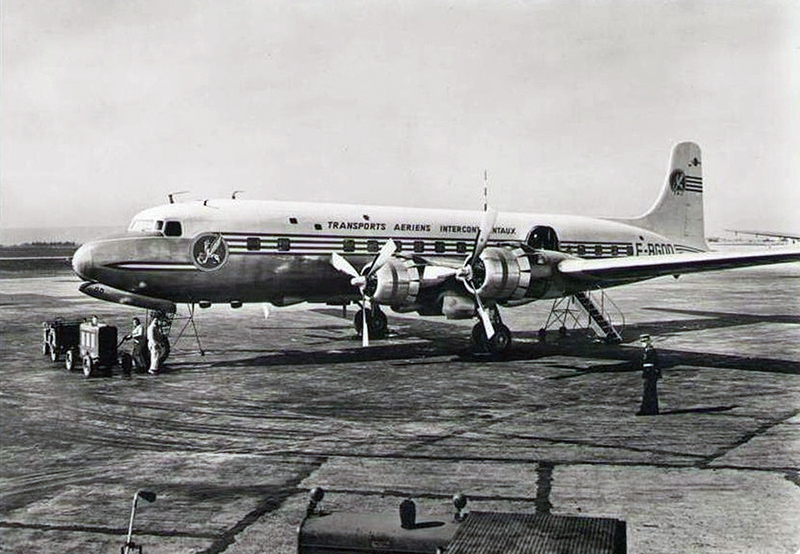Crash of a Scottish Twin Pioneer 1 in Fezzan: 6 killed
Date & Time:
Dec 7, 1957
Registration:
G-AOEO
Survivors:
No
Schedule:
Wadi al Ashtan – Tripoli
MSN:
503
YOM:
1956
Crew on board:
2
Crew fatalities:
Pax on board:
4
Pax fatalities:
Other fatalities:
Total fatalities:
6
Aircraft flight hours:
564
Circumstances:
On 7 December the aircraft flew down to Fezzan from Idris Airport to the Esso (Petroleum Ltd.) camp at Wadi al Atshan - a flight of some 400 miles. From Atshan it made one local flight of 45 minutes duration. The aircraft was then refuelled at Atshan and set off at 1427LT for the return journey to Idris Airport where it was expected to arrive at 1800LT with 2 crew and 4 passengers aboard. When the aircraft failed to arrive, a series of radio checks were carried out followed by a widespread air and surface search. The wreckage was sighted the next day. The aircraft was destroyed by impact forces and all six occupants have been killed.
Probable cause:
The accident Was the result of the failure in fatigue of the forward tube of the "V brace" structure in the outer panel of the port wing. This failure led to the breaking away of the outer panel of the port wing from the aircraft in flight. The aircraft was then rendered completely uncontrollable and dived vertically to the ground.
Final Report:












